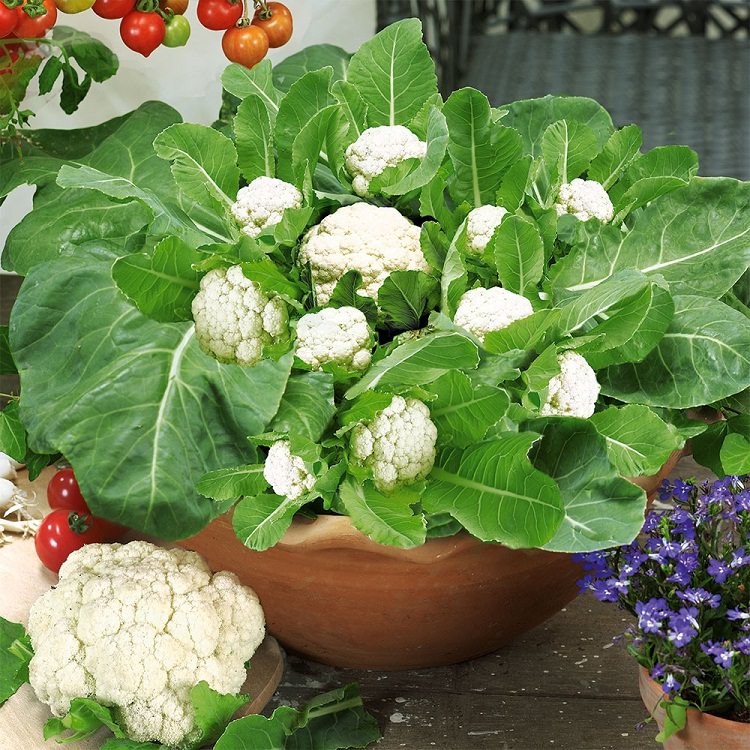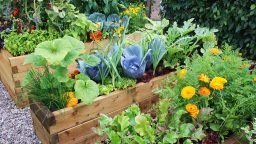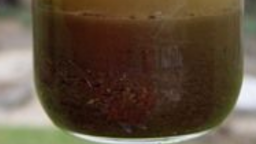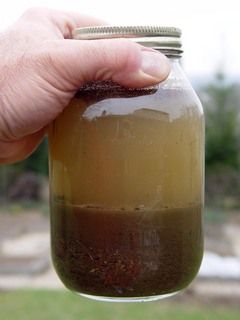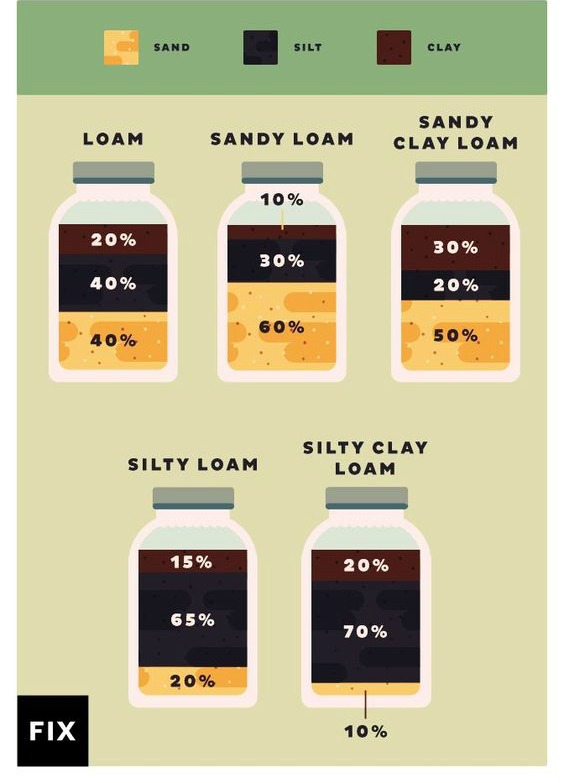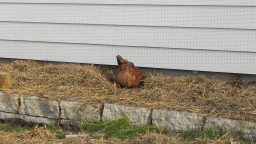Last week, we shared a video from YouTubers Deep South Homestead of their “Back to Nature” gardening method that they improvised themselves.
They got this idea after they tried the Back to Eden gardening method with poor results. This method of gardening may have failed in their area for any number of reasons and their improvisation was clever.
The Back to Eden gardening method is still worth a try in your area, and is a very clever and natural way of starting a garden. It’s a bit like lasagna gardening in that you are building your own soil, and start in the fall so the “ingredients” of your garden beds can break down over the winter.
It was developed by a man named Paul Gautschi who has been using this method in his garden for over 20 years. It has grown popular after the release of a film on the method, aptly titled “Back to Eden“. You can watch the film there for free, or, for a quicker explanation, keep reading.
Garden Plot
Start by choosing your space. Anywhere that has been plowed at some point or cleared out to use for gardening will do, virtually. You do need loose soil underneath, so make sure it is ready for planting in some capacity and not hard, packed soil.
First layer
Once you have your garden bed plotted out, it’s time for your first layer. Lay old newspaper down in an even layer all over the garden bed. If it’s at all windy where you are you’ll probably want to move on to the next step simultaneously, or have someone spray a light mist of water over the newspaper to keep it on the ground as you move on.
Second layer
Next, you will need lots of manure. If you have your own animals, great, if not, check with local farmers to see if they’ll let you come pick up some buckets of manure. Horse or cattle ranches will probably be particularly happy to share.
Spread it out over your newspaper, in a nice, even, relatively thick layer.
Third layer
Finally, top this with wood chips. Wood chips aren’t hard to get for free, if you look in the right places. Spread these all over your manure layer.
Now, wait for a season. The components of your garden will break down over time, creating wonderfully nutritious soil to plant in. The wood chips will eliminate the need for excessive weeding.
When you’re ready to plant, simply spread the woodchips back a bit and sow or transplant directly into the manure layer. The three layers of this garden will create the perfect environment for plants to grow and the nutrition they need to be healthy.
That’s it! Have you ever tried this gardening method? Let us know!
If you enjoyed this, you might also like….
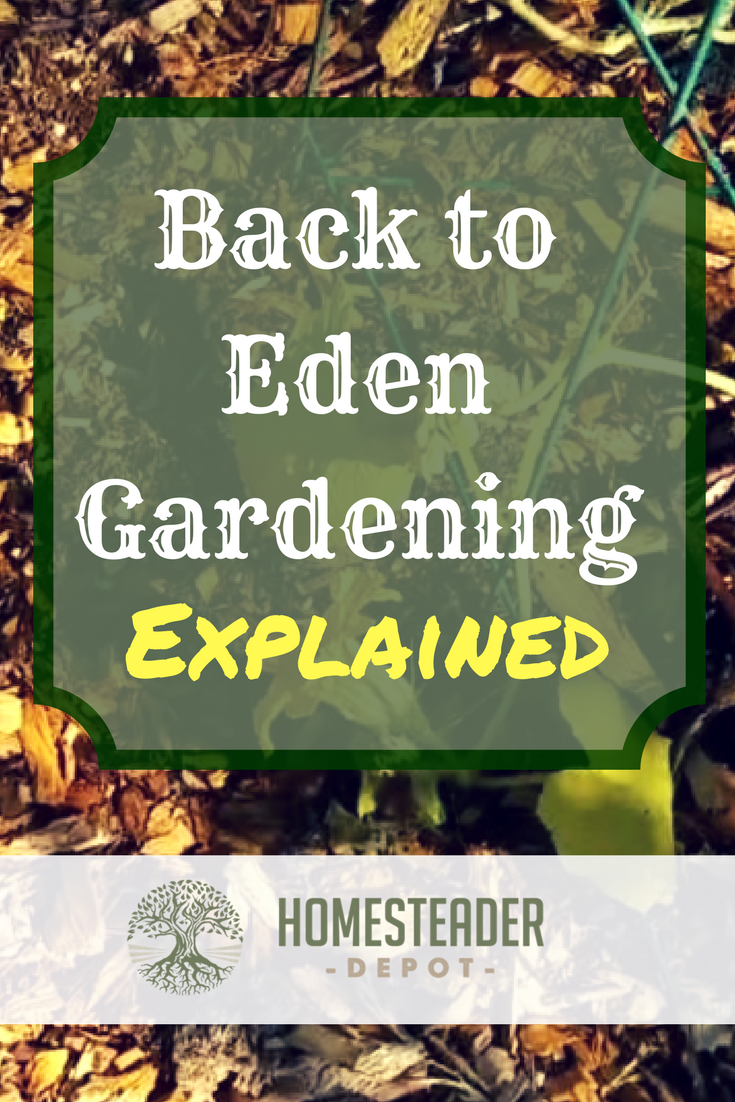
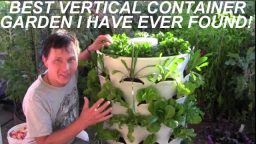
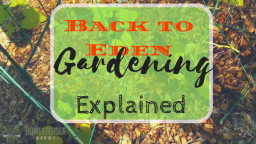


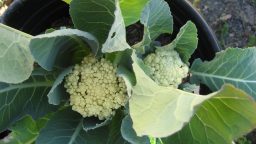
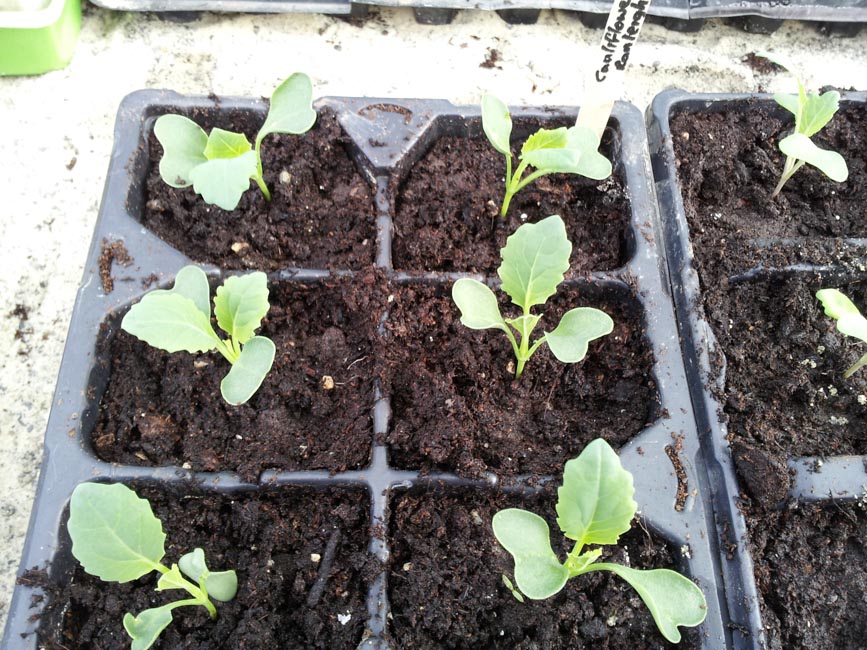 can be grown in a container, if you follow the right steps.
can be grown in a container, if you follow the right steps.